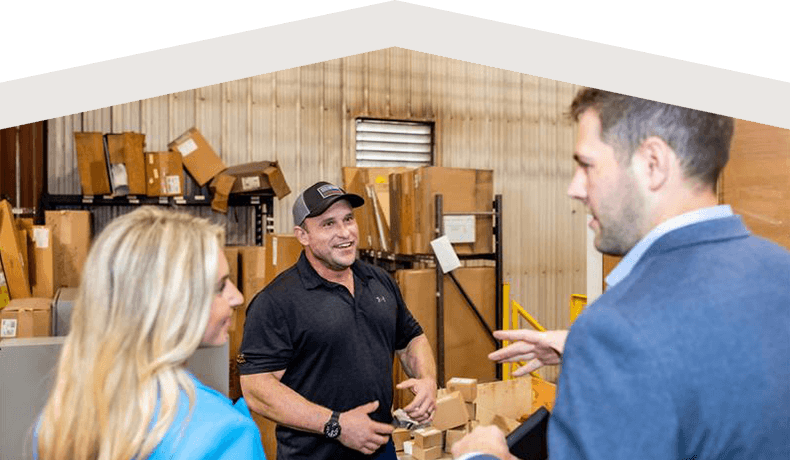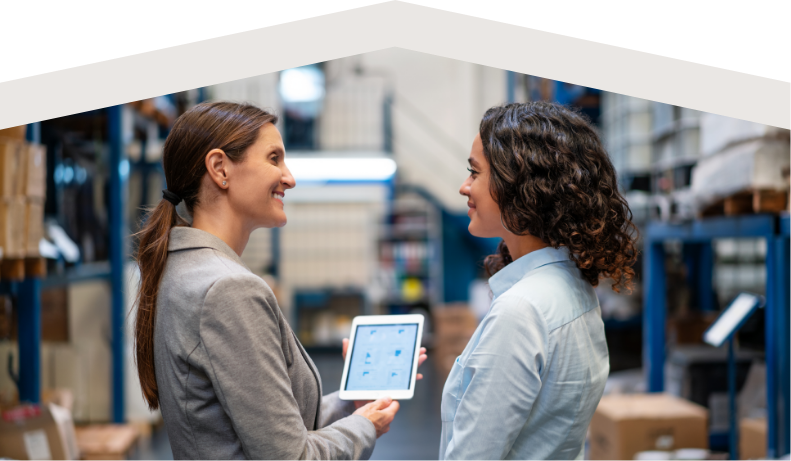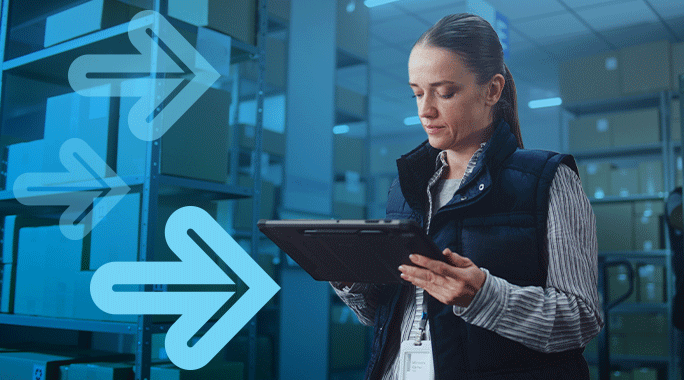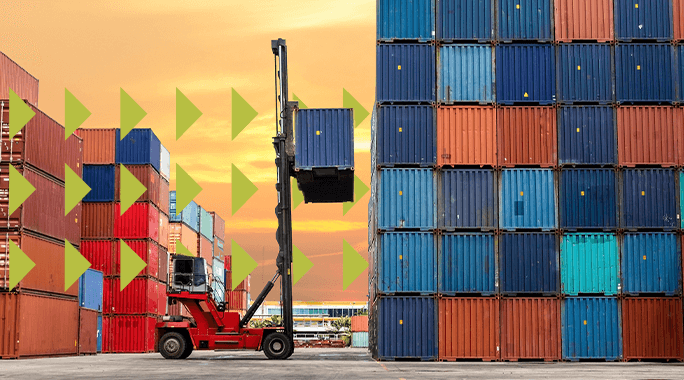BLOG POST
How to Do Reverse Logistics
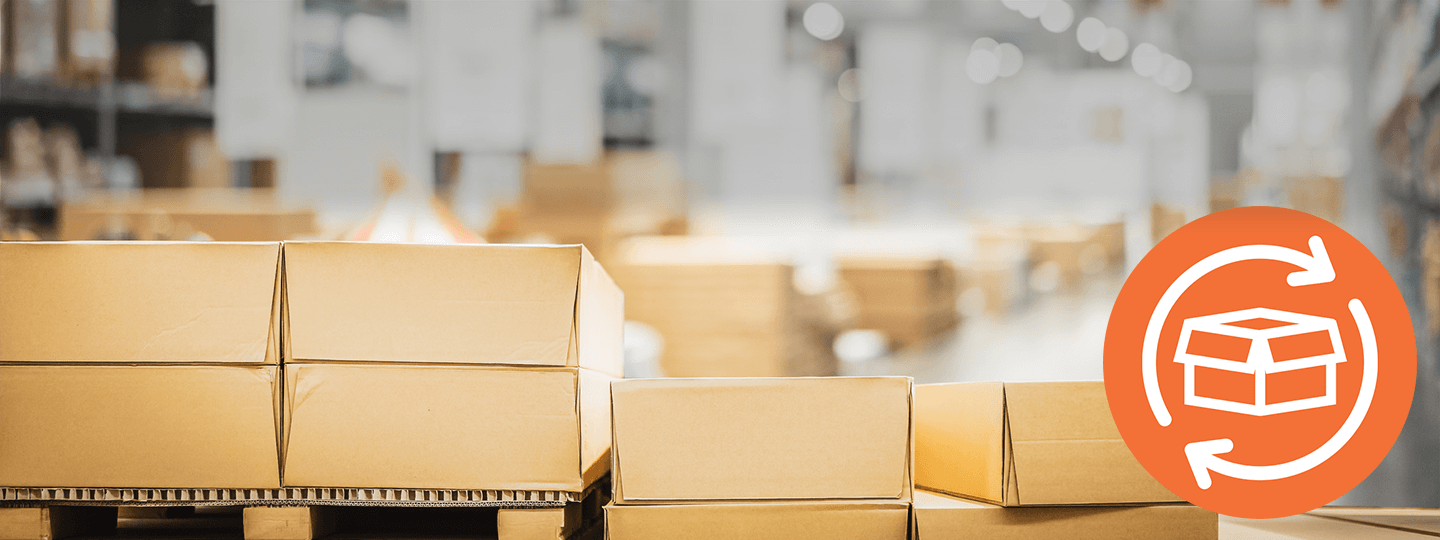
Reading Time: 3 minutes
We get it: you like to see your products shipped outfrom your business and not shipped back to you. You're far from alone in wanting to minimize product returns, but for many businesses, it's just part of the process. A costly part, too, as returned products cost companies more than $180 billion annually.1
What if there was a way to recoup some of that value and minimize your returns-related losses? If that sounds like an intriguing idea, we've got two words for you: reverse logistics.
This common but commonly misunderstood process is your ticket to saving money on returns and minimizing waste, if you implement it well. Before we dive into how to start or improve a reverse logistics program, however, let's define exactly what it is and what the advantages of reverse logistics are.
What is reverse logistics?
The thinking behind reverse logistics is, well, logical. The core idea is that a product has value at every phase of its life cycle. While this value can vary from phase to phase, a product's value can extend beyond its sale to a consumer, and therefore some of it can be extracted if the product is returned.
Reverse logistics is often defined by five steps, which can overlap with one another at times. These are known as the Five Rs of reverse logistics:
- Returns
- Recalls
- Repair and refurbish
- Remanufacture and reuse
- Recycle
Worldwide Express has created a useful piece that goes into even more detail on what defines reverse logistics and provides examples.
What are the benefits of reverse logistics?
The benefits of proper reverse logistics management are myriad, and the process can actually be turned into a profit center for your business if done well.
Some reverse logistics benefits include:
- Reducing waste through recycled goods and packaging and aligning with company sustainability measures
- Building customer trust
- Honoring service warranties
- Reducing financial and business risk by meeting no-waste guidelines
- Tax benefits from donating unsold goods as charitable contributions
- Clearing up valuable warehouse space
- Gathering valuable customer data for potential product improvement
How do I implement reverse logistics?
So now that you know some of the ways a reverse logistics program can benefit your business, what are the steps to building a successful one? One of the first things to do is evaluate (and revise, if necessary) your company's return/repair policies and procedures. Poorly explained or implemented return policies can be a competitive disadvantage and can also cause higher rates of returned products.
With a proper policy in place, you're prepared to take additional steps to enhance your reverse logistics processes. We recommend that you:
- Evaluate each of your products' potential for a next-life stage if it's returned (i.e., decide if you will reuse it, recycle it, resell it, etc.).
- If possible, rechannel wholesale products and raw materials to other industries, which can help recoup some or all of their value.
- Mark down resaleable inventory to quickly move it, or hold onto and resell seasonal goods at the right time.
- Repair and refurbish outdated or damaged goods to return them to saleable condition, if possible. Outdated products can also potentially be sold in countries where fewer consumers can afford costly newer technology.
- Break down complex returned products and reuse or sell the component parts.
- Consider selling excess or returned inventory to overstock buyers and liquidators.
- Recycle or properly dispose of goods that have reached the end of their lifecycle and have no residual resell value.
- Establish a designated returns program for dangerous goods or expired pharmaceutical products if you sell such items.
- Coordinate your logistics operations so that inbound products are being picked up when outbound products are being delivered.
- Look at the feasibility of returning unused or unsold inventory to the manufacturer that they can then apply to their own reverse logistics program.
Finally, don't underestimate the importance of collecting data from your customers on why they are making returns. Once you know why your customers are returning products, you can make the necessary adjustments to your marketing, production, logistics and other processes to minimize small package or freight returns in the first place.
How can I get assistance with my reverse logistics management?
A successful reverse logistics policy is definitely possible for your business, but as you can see, it demands smart strategy and deep industry knowledge. The shipping experts at Worldwide Express have decades of experience assisting thousands of small and mid-sized businesses with their reverse logistics programs.
We can help you through every step of the reverse logistics process, from planning to execution. To summarize: to financially move ahead with returns, it pays to go in reverse! See what reverse logistics can do for your business.
1 Hudson, Matthew, "The Hight Cost of Retail Returns." June 25, 2019. The Balance

